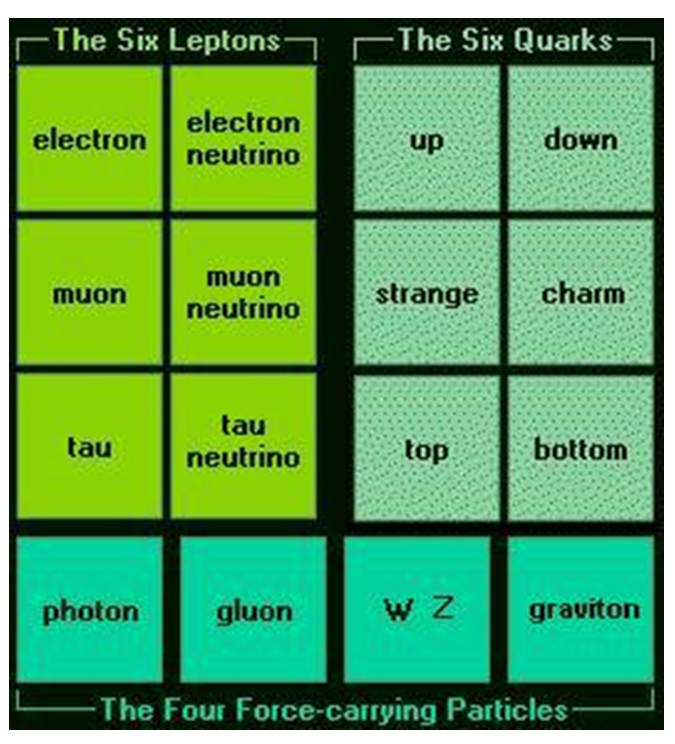The principle of not invoking unnecessary agents is fundamental to science. Its basis is Occam’s Razor, that if two theories explain equally, prefer the one that makes fewer assumptions. For example, suppose one can see a computer screen but not the hardware and software that run it. The screen changes in bit units, so unseen bit particles could cause that, but the screen might also change in bits because that is the basic computer process. Now if new effects like color and movement must assume more particles but a bit process could still cause them, so science prefers the latter theory by Occam’s Razor, and we know that it is true.
Likewise, electro-magnetic effects could be caused by virtual photons or because the photon is a basic process. Either could be true, but more virtual particles are needed to explain nuclear bonding and neutron decay while processing theory needs no further assumptions, so it is preferred. Electro-magnetism then occurs in photon units for the same reason that computer screens change in bit units. There is a correlation between photons and electro-magnetism but in science, correlation is not causation (Note 1).
The quantum processes envisaged here always run, and spread naturally on the network, so they don’t need agents to push them. For example, when an electron falls to a lower energy orbit, it doesn’t need an orbit particle to make it so. The force particles of the standard model are then explained by processing as follows:
1. Electro-magnetism. The standard model needs virtual photons to explain charge and magnetism but if a photon is the basic quantum process, no virtual agents are needed to explain electro-magnetic effects (Chapter 5).
2. The strong effect. The standard model needed a new field that created eight gluons with three charges to explain nuclear bonding, but if quarks bond by sharing photons to achieve stability, again no virtual agents are needed (4.4.4).
3. The weak effect. The standard model needed another field, three new particles, and two new charges to explain neutron decay, and still couldn’t explain why protons don’t do the same, but if it is a neutrino effect, protons will only decay in stars, and again no virtual agents are needed (4.4.6).
4. The Higgs. If weak particles don’t exist, the Higgs boson isn’t needed at all. It’s just a flash-in-the-pan accelerator resonance that didn’t survive to affect the evolution of matter, so it’s the ultimate unnecessary virtual agent (4.4.7).
5. Gravity. Every attempt to find gravitons has failed, as gravity waves aren’t particles, but the standard iconography still shows them as real (Figure 4.17). In relativity, gravity alters space and time, but particles that exist in space and time can’t do that. Chapter 5 attributes gravity to an electro-magnetic field gradient.

A processing model explains the forces of physics without virtual particles, so they are unnecessary agents. That all the forces of nature come from one field, including electro-magnetism and gravity, is simpler than assuming many fields with many particles, so Occam’s razor prefers it.
It is said that the Higgs interacts with particles to create mass, so how do the other particles interact? A quark can experience electro-magnetic, strong, weak, and gravity forces at the same time, so how do virtual photons, gluons, weak particles, and gravitons interact? The standard model can’t say because it isn’t a causal model. Matter particles have anti-matter versions, so what happens if a Higgs meets an anti-Higgs? Again, the standard model says nothing, so physics is better off without it.
Note 1. The number of ice-creams sold in America correlates with deaths by drowning, so do ice-creams kill? In Europe, number of stork nests correlates with human babies born, so do storks bring babies? In both cases, X and Y correlate because both are caused by a third agent Z, namely the weather, not because they cause each other. Correlation is not causation.